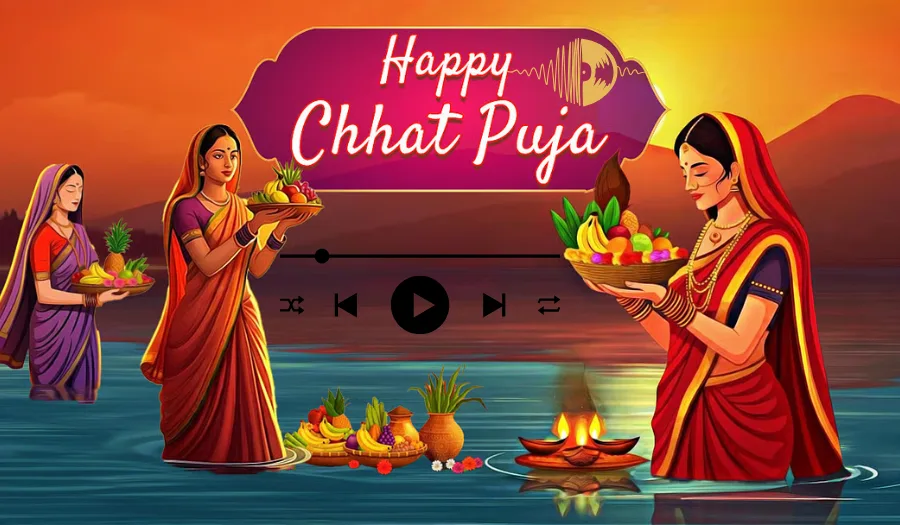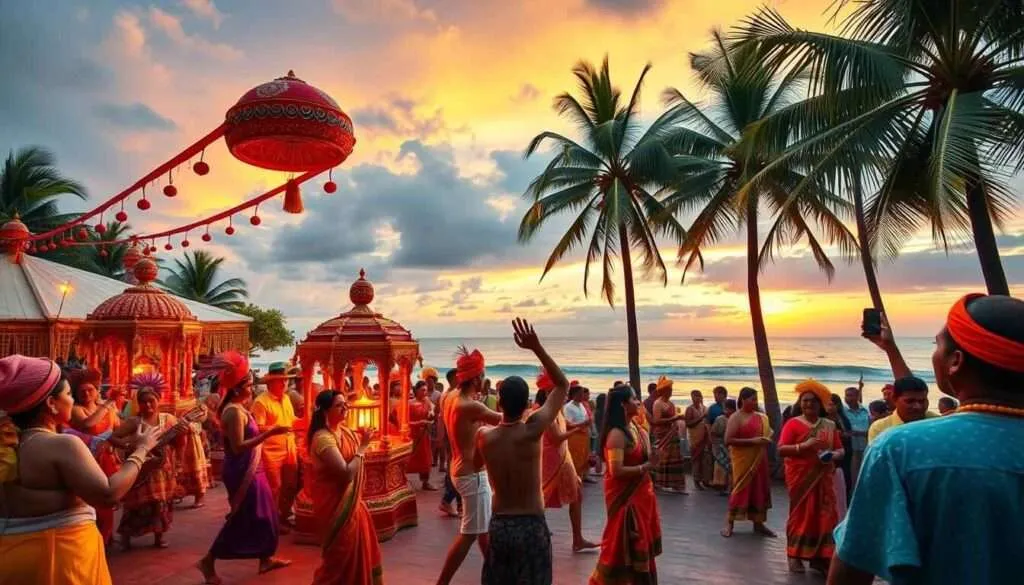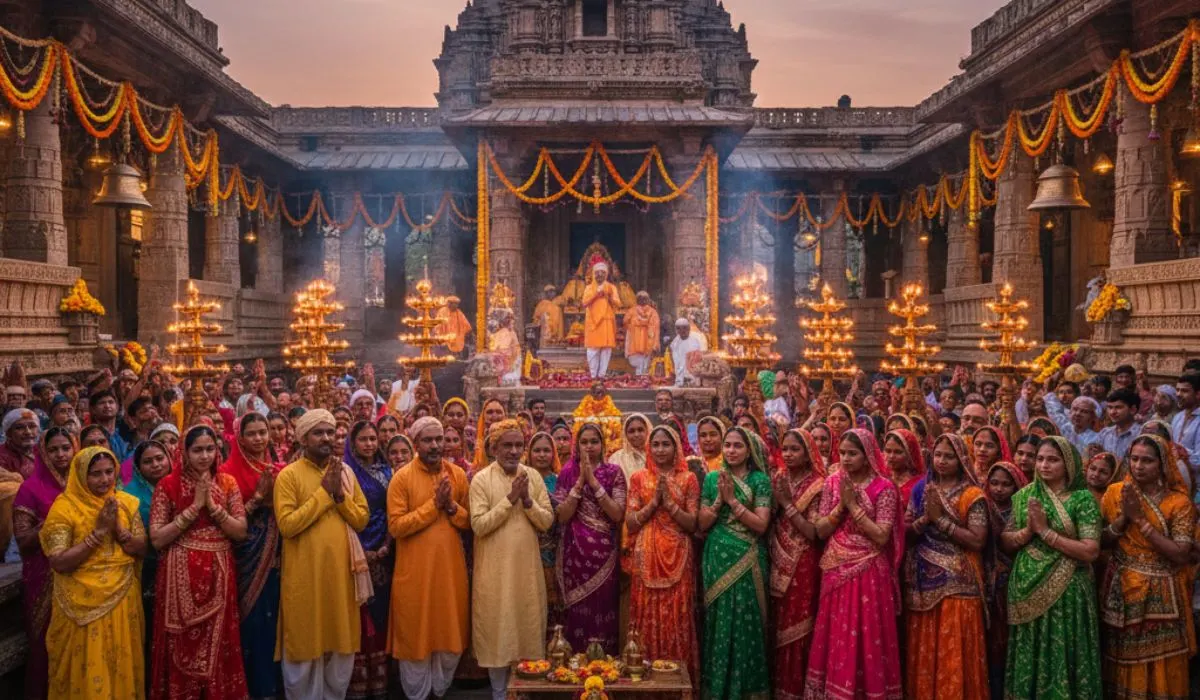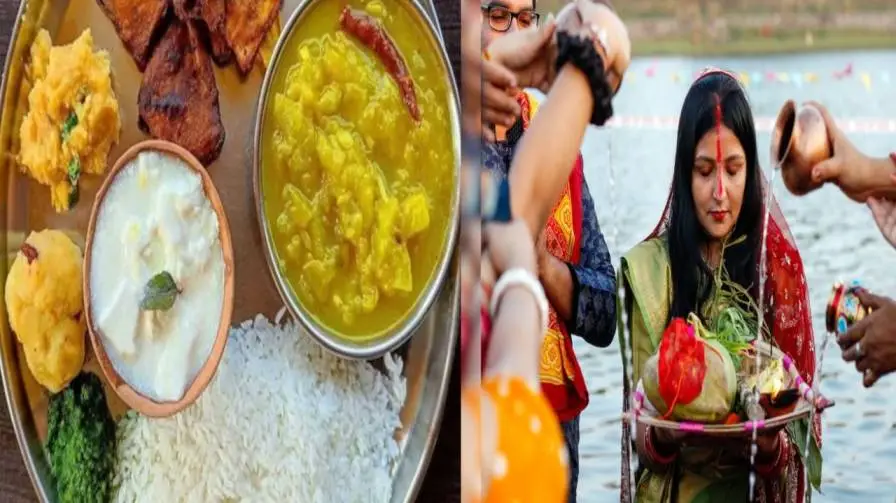Divine moments of the states of Bihar, Jharkhand, and even some portions of the Uttar Pradesh, Chhath Puja is not complete without melodious devotional numbers and bhajans. With Chhath Puja in November 5 th -8 th 2025 days away, haunting songs of customary Chhath geet will ever reverberate into the air once again, making the surround aura of hagiography admiration and culture pride.
The Importance of Chhath Songs
Chhath Puja songs are not merely offerings in music, but they are referred to as the Chhath geet or the Chhath bhajans. They serve as the emotional and spiritual linkage they have between the Sun God (Surya Dev) and Chhathi Maiya and devotees. Those songs tell about the narratives of dedication, gratitude towards the gifts of the nature and invoke blessings to the family thriving and health. The tradition of folk songs which are sung during the Chhath is highly constructed on the tradition of Maithili, Bhojpuri, and Magahi. They bring the air of the country, farm riches and the uncompromising belief of millions of people who celebrate this old Vedic festival.
Traditional Chhath Bhajans That Never Fade
Some classic Chhath bhajans have been passed down through generations and remain favorites in 2025:
"Kelwa Ke Paat Par Ugalan Suraj Mal Jhake Jhuke" - This famous song is depicting the god of the Sun coming out of banana leaves that is one of the most influential images of Chath Puja. The softly tones music gives the feeling of the devotees presenting arghya to the rising sun.
"Kaanch Hi Baans Ke Bahangiya" - This bhajan celebrates the bamboo basket (soop) used for offerings, symbolizing the simplicity and purity of the ritual. The song's rustic charm resonates with the agricultural roots of the festival.
"Ho Dina Mein Suraj Ugalein" - This is a prayer song containing a greeting to the Sun God and the request of blessings to the family. Its monotonous song line brings about the ease with which this song lends itself to everyone in the puja rituals.
"Patna Ke Ghat Par" - This local delicacy directly refers to ghats in Patna, which gives buffers of the capital of the Bihar a great sense of locale and belonging.
Read also: How to Plan a Safe and Green Diwali Celebration?
Popular Modern Chhath Artists
Chhath music has been held together and made a career by several singers. Of remarkable fame is Sharda Sinha, commonly referred to as the Bihar Kokila (Nightingale of Bihar), with her soul-shaking chhath songs which have become a part of the festival. Her songs such as her song Roje Roje Ugi Bihane Suraj Dev are still played during every Chhath festival. Another well-known artist is Malini Awasthi, Kalpana Patowary, Devi and Khesari Lal Yadav, who have dedicated many Locke chhath bhajans. Newer ones have also come in the past years, using more recent tunes than the traditional ones and keeping the devotional tones intact.
The Role of Music in Chhath Rituals
Along with the various rituals there are various songs when the festival is held that last 4 days. Devotional songs are sung on Nahay Khay (the first day of purification) to reflect a reflective atmosphere. On the second day (called Kharna) which is the fasting day, bhajans on perseverance and devotion are sung.
The harshest number of songs is singing in the third and fourth days when the devotees stand in water to give arghya to the setting and rising sun. There is a communal spiritual event as a result of the songs. That is when hundreds of worshippers congregate around rivers and ponds, sing donation, make their gifts together and the atmosphere is transcendent. The music changes the ritual into a personal experience of worship into a joint act of worship in the community.
Chhath Songs in the Digital Age
Chhath music has this time been given a second chance in the digital world. Billion views are accrued to YouTube channels devoted to Chhath bhajans every year. Fast food music streaming technologies are going to have playlists that are curated to keep the devotees connected to their culture, particularly those that are not in their hometowns.
Social media has facilitated the spreading of the old recordings and the new meanings. A variety of families produce video collections of their celebration of Chhath in accordance with the tuneful bhajans that can be shared with their affection to the world. A Chath digital presence has contributed to making Chath culture introduced to the young generations and also non-Bihari communities.
Creating Your Chhath Playlist for 2025
This year, on your way to Chhath Puja, you ought to make a list of the classic and new interpretations and choose a comprehensive playlist to keep you entertained all the time. Start classical music with the classic songs by Sharda Sinha, and then surrounding it with the local modifications to the songs that your family practise.
Ship instrumental arrangements of the fasting moments of meditation, and efficient folk singsubs of the group festivities. Plenty of religious choristers also use Surya stotrams and devotional mantras on top of normal Chatter Geet. The folk songs are accompanied brilliantly with Aditya Hridayam stotra and other Surya mantras giving the musicals an added Vedic touch.
Read also: Eco-Friendly Chhath Puja 2025 Preparations in Delhi
The Emotional Power of Chhath Music
Chhath songs are very emotional and give the sense of belonging to Bihar to millions of Biharis staying outside the state of their born state. The old refrains take them up the ghats beside the rivers, to a family reunion, to the aroma of thekua and even to the image of the dawn breaking above consecrated waters.
The music itself creates a distance bridging the communities both to their cultural background and the diasporas. There are environmental awareness, admiration of nature and appreciation of the blessings of life which is also a theme contained in the songs and remains relevant in our present day world. With the help of these bhajans, ancient knowledge regarding how people could live in accord with natural periods is passed to others.
Conclusion
Songs and bhajans of chhath puja are the heart thumper of such beautiful festival. By the year 2025, these songs will reverberate back on the riverbanks, terraces, and homes again, with prayers of millions of people approaching the Sun God. You might be an old staunch supporter or a fledgling explorer of this new Chhath culture but listening to these holy songs gives one a deep sense of attachment to one of the purest and undiscounted spiritual practises of India.













